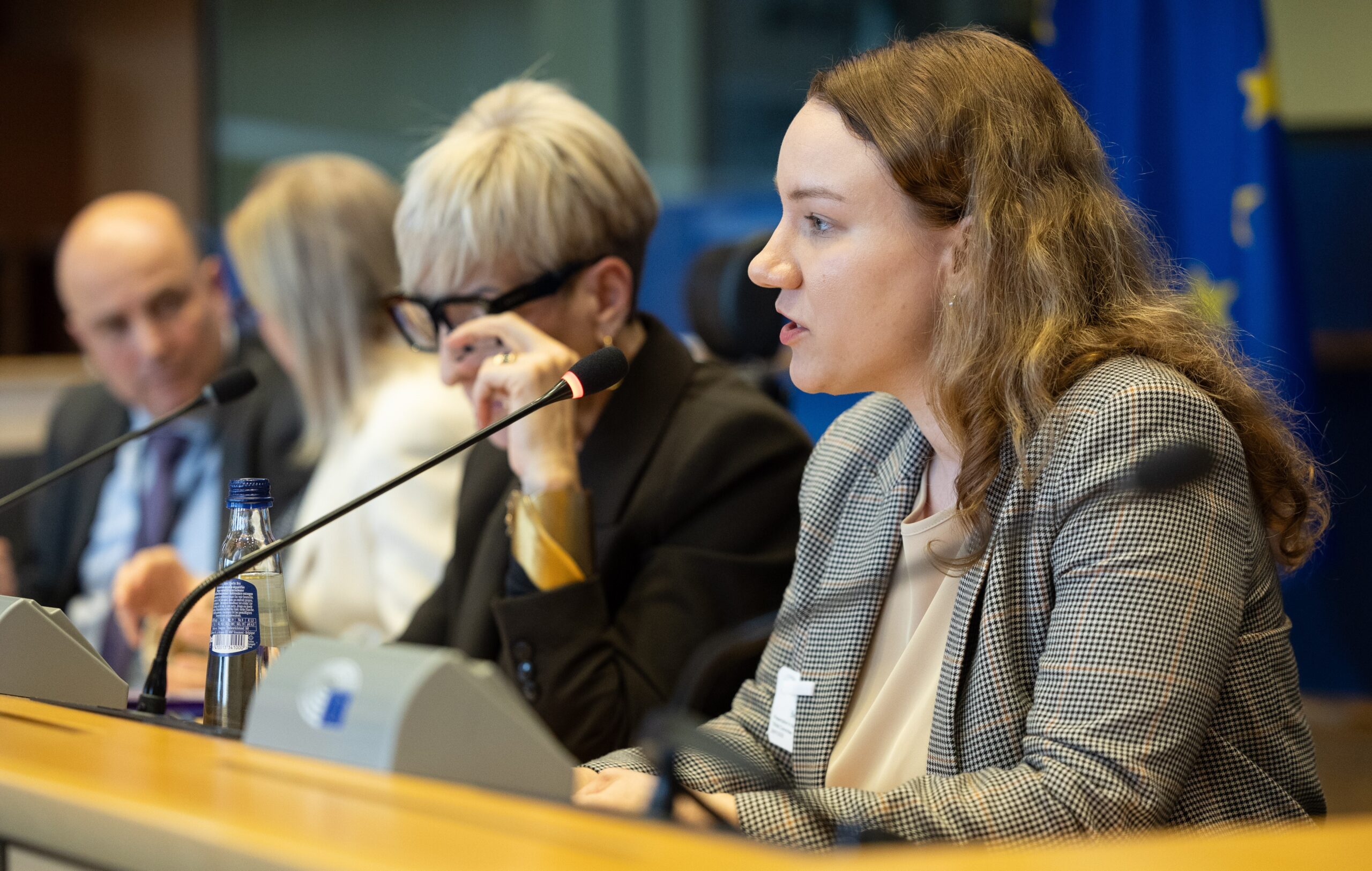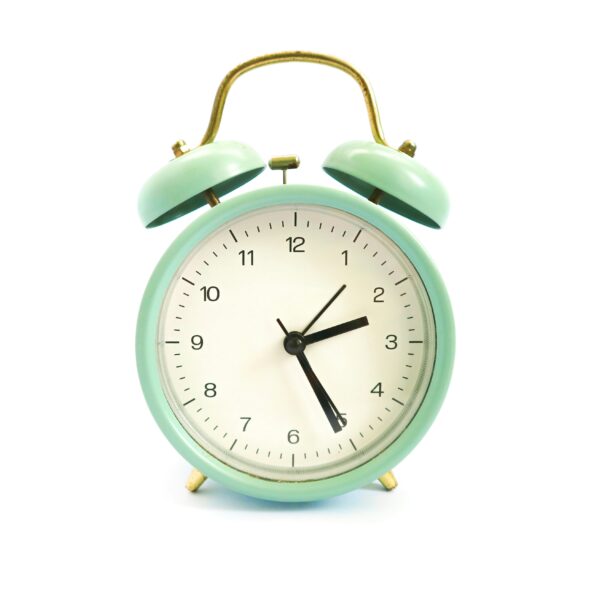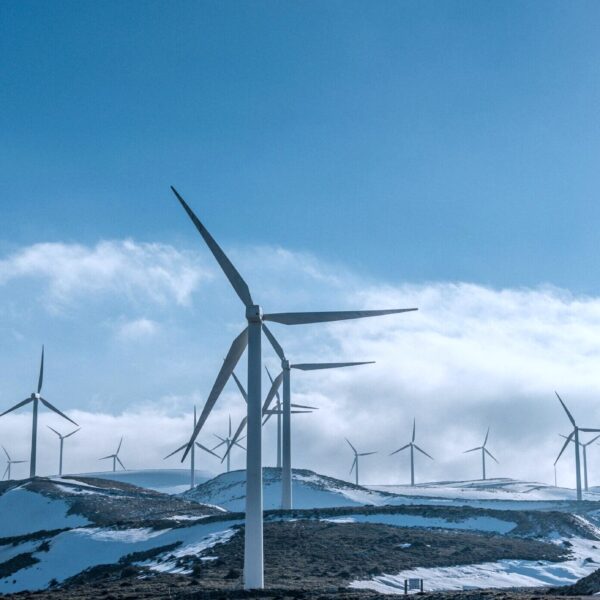Why this study? Introducing the context
Year-to-year, the proportion of older adults in the population of most EU countries is increasing, and it is projected that about 30% of the European population will be over 65 of age by 2050 (Eurostat, 2023). Traditional economic structures must adapt to accommodate this process as this shift is not merely a matter of extended working lives or increasing healthcare services but involves a transformation across various sectors. This process is often called the longevity economy, referring to the economic opportunities and challenges that arise from the increasing number of people living longer and healthier lives, driving demand for products, services, and innovations tailored to older adults (Klimczuk, 2021). Silver tourism is a key component of the longevity economy focused on catering to the travel and leisure needs of older adults (Zsarnoczky, 2017b). Silver tourism focuses on harnessing the substantial economic potential of the older population by meeting the needs of older travellers.
To explore the role of the longevity economy in the tourism sector, a team of Visionary Analytics together with Dr Adela Balderas Cejudo, Dr Martin Balazs Zsarnoczky, Dr Dimitrios Buhalis carried out a study, contracted by the European Parliament, TRAN Committee. Here is what we found.
Addressing the diversity of silver tourism
A conceptual framework consisting of six silver tourism categories was developed to guide this study and showcase the diversity of the sector (wellness tourism, international retirement migration (IRM), multi-generational travel, accessible, medical, and smart tourism). These mutually reinforcing categories are often united by joint challenges such as ageism, financial barriers and lack of relevant research and data. Links between medical tourism and most of the other categories can be seen (e.g., active ageing and wellness, smart tourism). Similarly, IRM and multi-generational travel are closely linked, and smart tourism is a horizontal measure to reach tourism objectives. As such, strengthening the enablers of each of these categories can unlock the potential of silver tourism in other interconnected areas.
Silver tourism offers numerous economic, social, and environmental benefits. The study projects that older adults may account for 65% of all tourism expenditure in the EU by 2040. For older adults, participation in tourism may lead to health and well-being improvements, improving their quality of life. Moreover, silver tourism helps mitigate seasonality, spreading tourism demand more evenly throughout the year. Social benefits have been reported, as it also helps with reducing social isolation and fostering community and individual well-being.
Although challenges such as carbon emissions, and the need for improved accessibility pose obstacles, these can be addressed through sustainable practices and policy interventions. However, sustainability measures might be difficult to implement, owing to a lack of expertise among stakeholders, the high level of expenses needed to apply best practices, and a lack of clarity regarding sustainability goals. Therefore, strong institutional support and resource allocation assistance are necessary to resolve these issues.
Few EU-level policies address silver tourism as a cohesive sector. Current funding mechanisms cover fewer strands of tourism than previous initiatives, and silver tourism issues are rarely prioritised as such. No major EU-level organisation focuses specifically on the issues of silver tourism. This indicates a clear need to increase efforts to address the unique challenges older adults face.
Figure 1: Summary of silver tourism challenges, opportunities and impacts
Source: Visionary Analytics
What should be done? Study recommendations
To promote and enhance silver tourism at the EU level, several policy recommendations emerge from this analysis. Strengthening cooperation between stakeholders across different policy fields and sectors (e.g., tourism, transport, social affairs, employment) is crucial, which can be facilitated by establishing a dedicated working group to develop an EU roadmap for silver tourism and integrating scenario planning and foresight into policy strategies. Raising awareness and addressing ageism through targeted education and specialised training on inclusive tourism is essential, alongside implementing marketing campaigns that consider the behavioural characteristics of older tourists – such as life experiences, family dynamics, and accessibility needs – while incorporating a universal design approach to ensure inclusivity. Financial and structural barriers should be reduced through national co-funding programmes, such as Imserso, to encourage greater participation of older adults in tourism. Furthermore, enhancing data collection and research – particularly by refining tourism data granularity beyond age 65 and exploring behavioural diversity, medical tourism, and multi-generational travel – will provide a stronger evidence base for policy decisions. Institutional support and funding should continue to advance sustainable tourism practices, leveraging EU-developed indicators and projects on sustainable infrastructure. Finally, resilience-building measures should be reinforced to address external shocks, including climate change and pandemics, ensuring a more robust and adaptable silver tourism sector.
Interested in learning more?
Our Senior Researcher Beatričė Leiputė and Dr Adela Balderas Cejudo, together with the project team, presented these findings at the EP TRAN Committee meeting on January 29th, 2025. Tune in for the presentation here! Or simply check out the full study here. If you still have questions, drop us a line!
Photos: Alexis HAULOT, European Union 2025 – Source: EP




